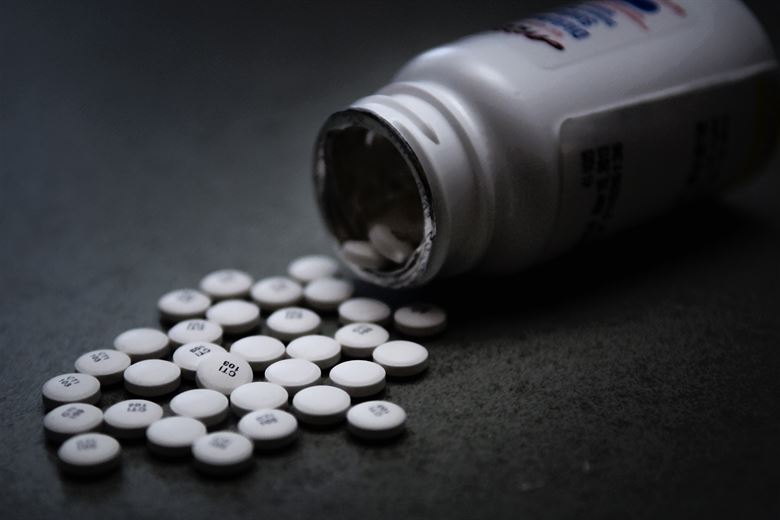The Opioid Crisis: What Schools Can Do
October 17, 2019
The opioid crisis is a public health emergency that began in the 1990s. It started due to an increase in pharmacies prescribing pharmaceuticals, and a false message of the safety and efficacy of these drugs. Due to the mass prescription, there was easy access to prescription drugs for people to misuse them whether they were prescribed or not. This lead to many drug-related deaths and addictions. The Centers for Disease Control and Prevention outlines three distinct “waves” in this opioid epidemic. The First Wave was the mass prescription of pharmaceuticals in the 1990s. The Second Wave was the increase of heroin overdoses starting in 2010. The Third Wave was the increase in synthetic opioids, or illicitly manufactured fentanyl (IMF) beginning in 2013. According to German Lopez, a writer for Vox, the opioid crisis has accounted for 700,000 deaths in less than a decade (1999-2017). It also has greatly affected the socio-economic welfare of the United States, as the National Institute on Drug Abuse 78.5 million dollars a year has gone towards addiction treatment and healthcare costs.
Even with these statistics, many people are unaware of this crisis. There have been some attempts to increase awareness, but most falter. This can be attributed to the fact that people do not understand drug addiction and its effects. If we knew more about these issues the crisis could be tackled in a more efficient way. Something people do not understand is that drug addiction, by scientific definition, is a disease. However, it is not treated as such. People who are or have suffered from drug addiction are victims ruthless stigma that classifies them as lazy, poor, disgraceful, and loose people without morals, which is simply not the case. Anyone can fall victim to the effects of substance abuse. It does not encompass one small demographic, and it does not have one face, but many individual, diverse faces. These false beliefs of what drug addiction is or how a substance abuser looks or acts does not allow us to represent and talk about the drastic effects of the epidemic.
To tackle this epidemic, schools should try to play a larger role in reducing stigma. They have the ability to reach a large demographic of children, and to prevent substance abuse and addiction before it starts. Unfortunately, many schools fail at doing this—they misrepresent addiction, peer pressure, drugs, and fail to instill beneficial reasons to not do drugs. Schools should provide students with non-drug outlets, and simply just discuss these situations more. They should bring more attention to these issues and approach them in an understanding rather than accusatory way. There are already some projects and activities that schools do to prevent drug addiction, and this is in no way trying to discredit them, but more can always be done to he lp protect our youth and general populace.

